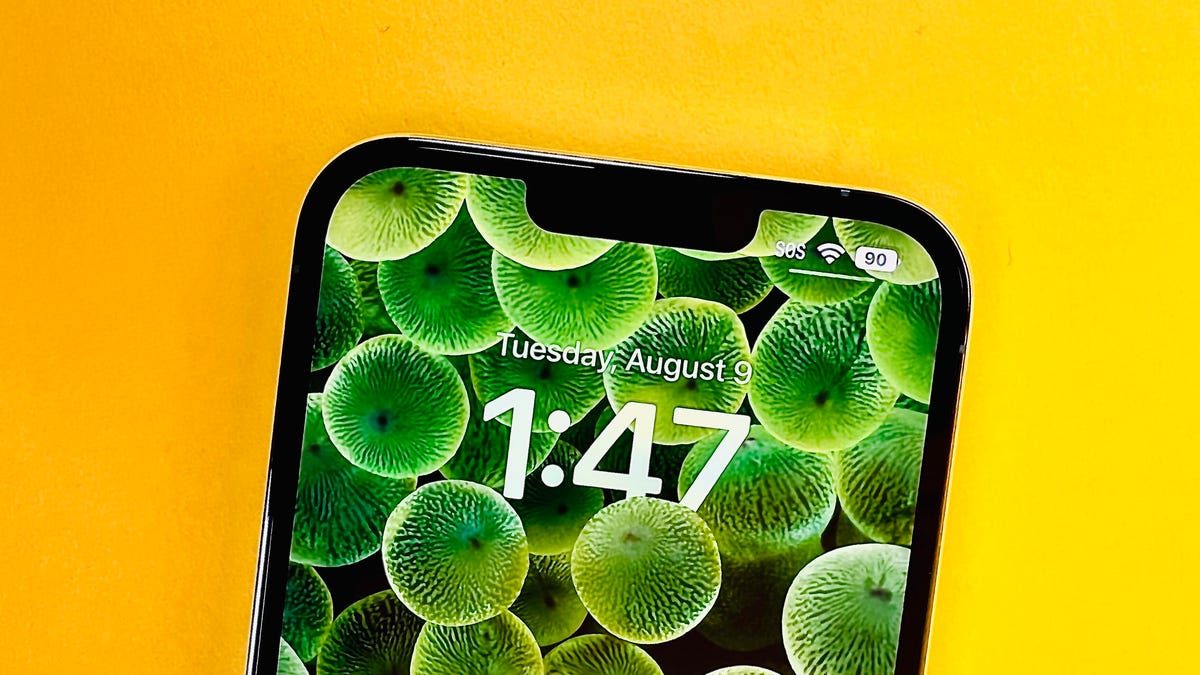 Why You Can Trust CNET
Why You Can Trust CNET iPhone Hacks: Here's How to Fix the 4 Most Annoying iOS 16 Features
Even though iOS 17 is coming soon, you can still tweak iOS 16 to get rid of the features you just can't stand.

A few steps can quickly eliminate some iPhone features you don't want or use.
The iPhone's iOS 16 is Apple's reigning mobile OS for a few more days until iOS 17 unseats it. iOS 16 comes with a ton of cool new features: Along with unsending and editing text messages, you can easily remove people or objects from photos with a single tap, find all your saved Wi-Fi passwords and even use your Nintendo switch controllers to play games.
Nobody's perfect, however. Some of the new features in iOS 16 are more annoying than helpful for some iPhone users. For example, not many people seem to like the new iPhone home screen search button. And the random photo pop-ups can be awkward or embarrassing. Even though iOS 17 is expected to come out soon, around the release of the iPhone 15 series, you still might want to fix the most frustrating iOS 16 features, especially if your device won't be compatible with iOS 17.
It's easy to disable the more irritating features on your updated iPhone. I'll walk you through how to "fix" the most widely unloved iOS 16 features. And while you're here, make sure you've checked out everything you need to know about iOS 17 and learned about everything we expect to be announced at the "Wonderlust" event.
Strip the new search button from your iPhone's home screen
Your iPhone's search feature lets you quickly find a text message, third-party app, file, note or location -- pretty much anything on your device or on the web. As you know, to get the search bar, you just swipe down anywhere on the screen, and it appears.
With iOS 16, Apple adds another way to access Search from the home screen, via a small button right above your dock.
However, the new search button is easy to accidentally trigger, because it's near where your thumb might go when you swipe between your various home pages.
But, like many new features on iOS 16, you can turn this setting off. Simply launch the Settings app, go to Home Screen and toggle off Show on Home Screen to remove the search button from your home screen.
The Search bubble should disappear, replaced by a few small dots representing your various home screens.
Even if you remove the Search button, you can still access the feature by swiping down from anywhere on your home screen.
Stop unexpected (and embarrassing) photo popups on your iPhone screen
Apple's artificial intelligence helps surface photos and videos in various places across your iPhone, as a reminder of family vacations, couple photos and holidays -- but you may not always want your personal pictures to pop up unexpectedly, especially if they're private, embarrassing or inappropriate.
With iOS 16, you can now prevent Featured Photos, as well as curated collections known as Memories, from appearing in photo widgets on your home screen and the Search and For You sections in Photos.
To block these tailored photos, launch the Settings app, go into Photos and toggle off Show Featured Content. All featured content will no longer appear across your device -- instead, it'll only be available in your photo library and albums.
Once Show Featured Content is turned off, featured photos and memories across your device should disappear.
Keep from accidentally ending your own phone calls
The side/power button on the side of your iPhone allows you to quickly sleep and wake up your device, but if you accidentally hit it during a phone call, you'll prematurely end your call. If that's something you've encountered in the past, iOS 16 finally allows you to prevent that from happening.
In Settings, go to Accessibility > Touch and toggle off Lock to End Call to prevent the side button from ending your calls. If you do hit the side button accidentally, your screen will go to sleep, but you'll stay on your phone call, uninterrupted.
This feature is hidden in the Accessibility section of your settings.
Go back to using old iPhone lock screen notifications
Apple's latest redesign brings widgets, customizable fonts and colors, a wallpaper gallery and stylized date and time to the lock screen, as well as one overlooked change to notifications. Instead of appearing at the top of your lock screen, notifications now appear at the bottom, which you can then tap on to appear full screen.
However, not everyone may be happy with this change. If you want to go back to the way notifications appeared on iOS 15, launch the Settings application and go to Notifications > Display As. You'll then see three options:
- Count: Notifications appear as a numbered count at the bottom of the screen.
- Stack: Notifications appear in a stack at the bottom of the screen.
- List: Notifications appear fully across your screen.
To go back to the old notification style, choose the List option.
You can also pinch the notifications to switch between the three Display As options.

